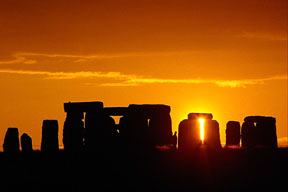BAMBU-12
See also:
BAMBU Archives: Contents
Brit-Am Megalithic Bulletin Update (BAMBU)
NEWS AND INFORMATION
Tracing The Israelite Paths of Migration
according to the Directions of the Prophet Jeremiah 31:21
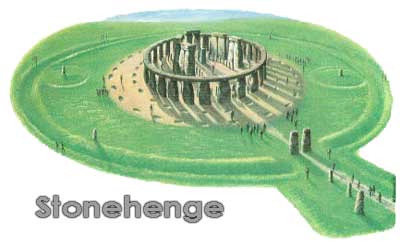
BAMBU Latest Issues
BAMBU-12
See also:
BAMBU Archives: Contents
Brit-Am Megalithic Bulletin Update (BAMBU)
NEWS AND INFORMATION
Tracing The Israelite Paths of Migration
according to the Directions of the Prophet Jeremiah 31:21

| Site Contents by Subject |
Home Research Revelation Reconciliation |
Publications |
Site Map Contents in Alphabetical Order |
This Site |
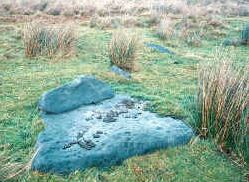 The two nearby sites - an oval made up of collapsed slabs, and a 30-metre circle
of rounded stones - are believed to be ancient burial sites dating back as far
as 5,000 years.
The two nearby sites - an oval made up of collapsed slabs, and a 30-metre circle
of rounded stones - are believed to be ancient burial sites dating back as far
as 5,000 years.
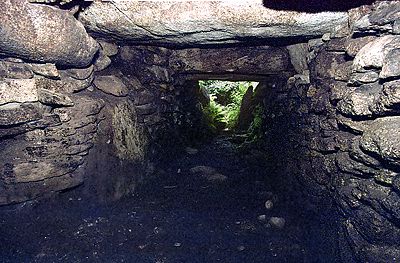 | The passage seems to have an alignment to the midsummer sunrise when viewed from the SW end, although considering the tiny constricted creepway entrances usually found in intact fogous, it seems unlikely that the sunrise would have been visible from the fogou interior. |
Welcome to Skewes Jewelry

|
since 1948

|
Marshall, MN 56258
|

|
507-532-6231
|
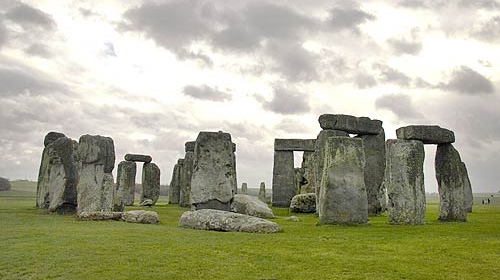
|
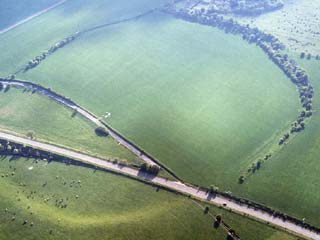
|
Extracts: Durrington Walls is a massive circular earthwork, or henge, about 500 metres in diameter (nearly 1/3 mile), located north of Woodhenge. Despite having been much damaged by ploughing and cut through by the A345 road, its tall banks are still visible. It was built in the Neolithic period. Excavations in 1967 revealed two circular timber structures and vast quantities of animal bones which could indicate that feasting took place there. It has been suggested that Durrington Walls fell into disuse as a ritual centre when the stone circle was built at Stonehenge. |
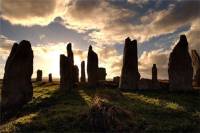 IT IS a rare lunar spectacle whose significance dates back to ancient times,
drawing visitors to the Isle of Lewis from across the world.
IT IS a rare lunar spectacle whose significance dates back to ancient times,
drawing visitors to the Isle of Lewis from across the world.
Join the Brit-Am Ephraimite Discussion Group
Just Send an
e-mail
with "Subscribe" in the Subject Line
and in the Message
Main Page
Your Offerings and Orders for our Publications
